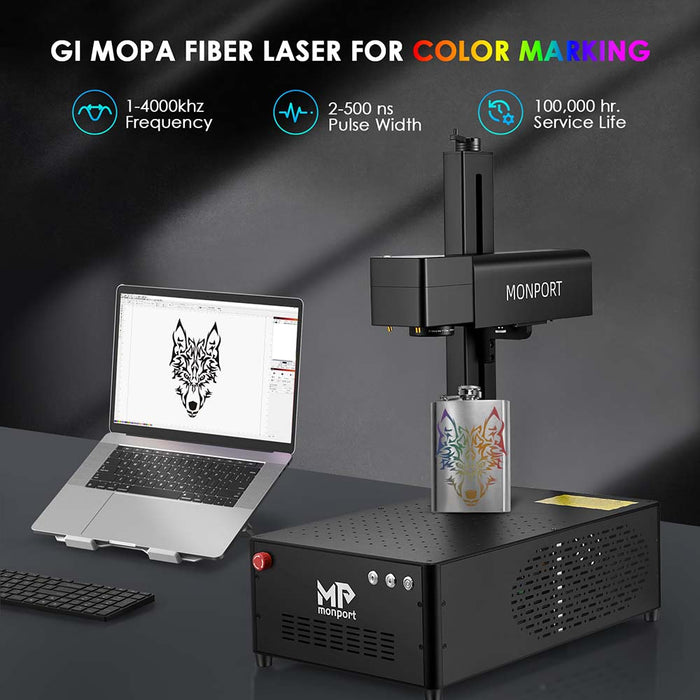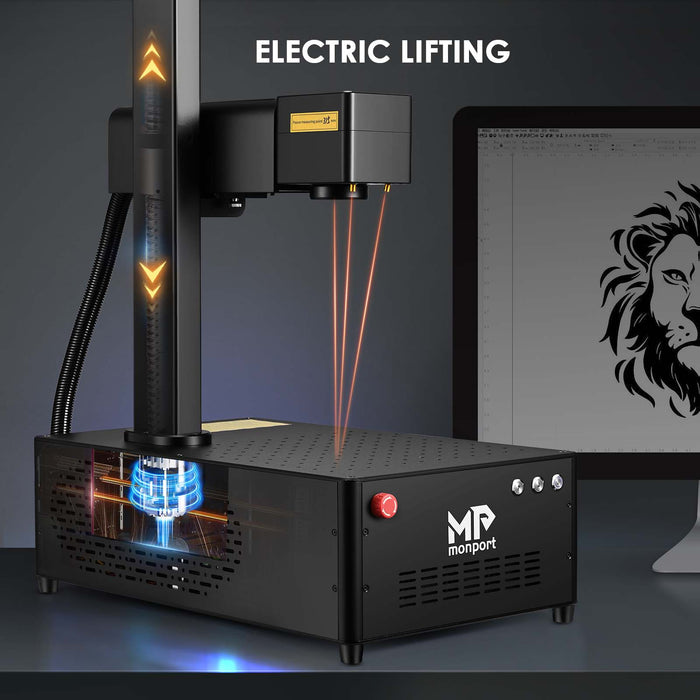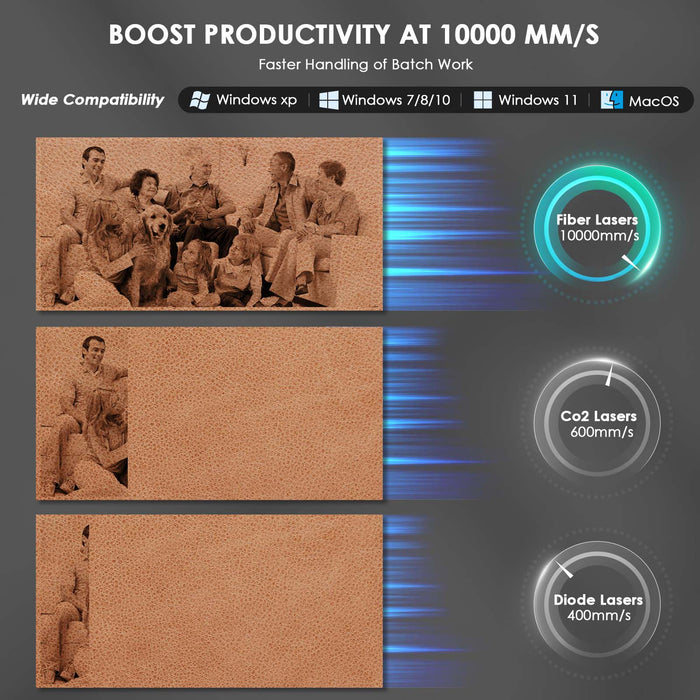Laser cutting technology has revolutionized manufacturing and fabrication processes across industries, offering precision, efficiency, and versatility. However, not all materials are suitable for laser cutting due to various factors such as composition, chemical properties, and safety concerns. In this guide, we'll explore the materials that should never be cut by a laser and delve into the reasons behind their incompatibility with laser cutting processes.
1. PVC (Polyvinyl Chloride):
PVC is a widely used thermoplastic known for its durability and versatility. However, when subjected to laser cutting, PVC releases harmful chlorine gas, which poses significant health risks to operators and can damage laser cutting equipment. Additionally, PVC produces corrosive byproducts that can cause damage to machine components and contaminate the workspace. Due to these safety and environmental concerns, PVC should never be cut using laser technology.
2. Polycarbonate:
Polycarbonate is a transparent thermoplastic known for its high impact resistance and optical clarity. While polycarbonate is commonly used in applications such as safety goggles and automotive components, it is unsuitable for laser cutting due to its high melting point and tendency to produce toxic fumes when exposed to high temperatures. Laser cutting polycarbonate can result in charring, discoloration, and the release of hazardous gases, making it unsafe for both operators and equipment.
3. Polyurethane Foam:
Polyurethane foam is a lightweight and versatile material used in cushioning, insulation, and packaging applications. However, when subjected to laser cutting, polyurethane foam releases toxic fumes and particles that can pose respiratory hazards and damage laser cutting equipment. Additionally, the high flammability of polyurethane foam increases the risk of fire and combustion during laser cutting processes. Due to these safety concerns, polyurethane foam should be avoided when using laser cutting technology.
Introducing the Monport GI60 MOPA Fiber Laser: Redefining Laser Marking Technology

Experience a new level of precision and creativity with the Monport GI60 Fiber Laser. This cutting-edge machine revolutionizes laser marking technology, offering unmatched performance and innovative features to elevate your design projects. Let's dive into the standout features that make the GI60 a game-changer in the industry.
Vibrant Color Marking: Unleash your creativity with the GI60's 60W JPT MOPA fiber laser, capable of precise and vivid color marking. Adjustable pulse frequency and width allow for vibrant marking on stainless steel and high-contrast engraving on anodized aluminum, opening up a world of limitless design possibilities.

Integrated Innovative Design: Step into the future with the Monport GI60's integrated fiber laser design. With a lighter weight, smaller size, and a sleek appearance, this machine sets new standards without compromising on performance. Enjoy a seamless user experience, enhanced portability, and ease of use, revolutionizing the laser marking machine industry.
Electric Lifting Focus: Achieve unparalleled precision with the GI60's electric lifting focus mechanism. Designed for user convenience, the concealed lifting motor ensures smooth operation and optimal marking results. Whether you're a beginner or an expert, achieving spot-on engraving has never been easier.

LightBurn Compatibility: Seamlessly integrate your GI60 with Monport's LightBurn software for limitless possibilities. User-friendly controls and customizable features provide a streamlined marking experience, allowing your creativity to flourish effortlessly.
Industry-Leading Heat Dissipation Technology: Keep your machine performing at its peak with Monport's heat dissipation technology. The GI60's built-in air cooling system and unique side panel openings effectively dissipate excess heat, ensuring consistent and uninterrupted productivity.
Attention to Detail: Monport's dedication to detail is evident in every aspect of the GI60. The anodized aluminum oxide casing provides durability and a touch of elegance. Chamfered sharp parts prioritize user safety, and dust shields at the work area's back enhance the machine's lifespan while maintaining optimal performance. Additionally, an included rich material pack allows you to jumpstart your creative process and bring your designs to life effortlessly.

Conclusion
In conclusion, while laser cutting technology offers numerous benefits for precision cutting and fabrication, certain materials should never be subjected to laser cutting processes due to safety, environmental, and operational concerns. By understanding the limitations and risks associated with laser cutting unsuitable materials, manufacturers, fabricators, and operators can ensure workplace safety, protect equipment integrity, and optimize cutting efficiency. When in doubt, always consult with experienced professionals and adhere to recommended safety guidelines to mitigate risks and achieve optimal results in laser cutting applications. Visit our website now.









